Home>diy>Building & Construction>What Is LEED In Construction
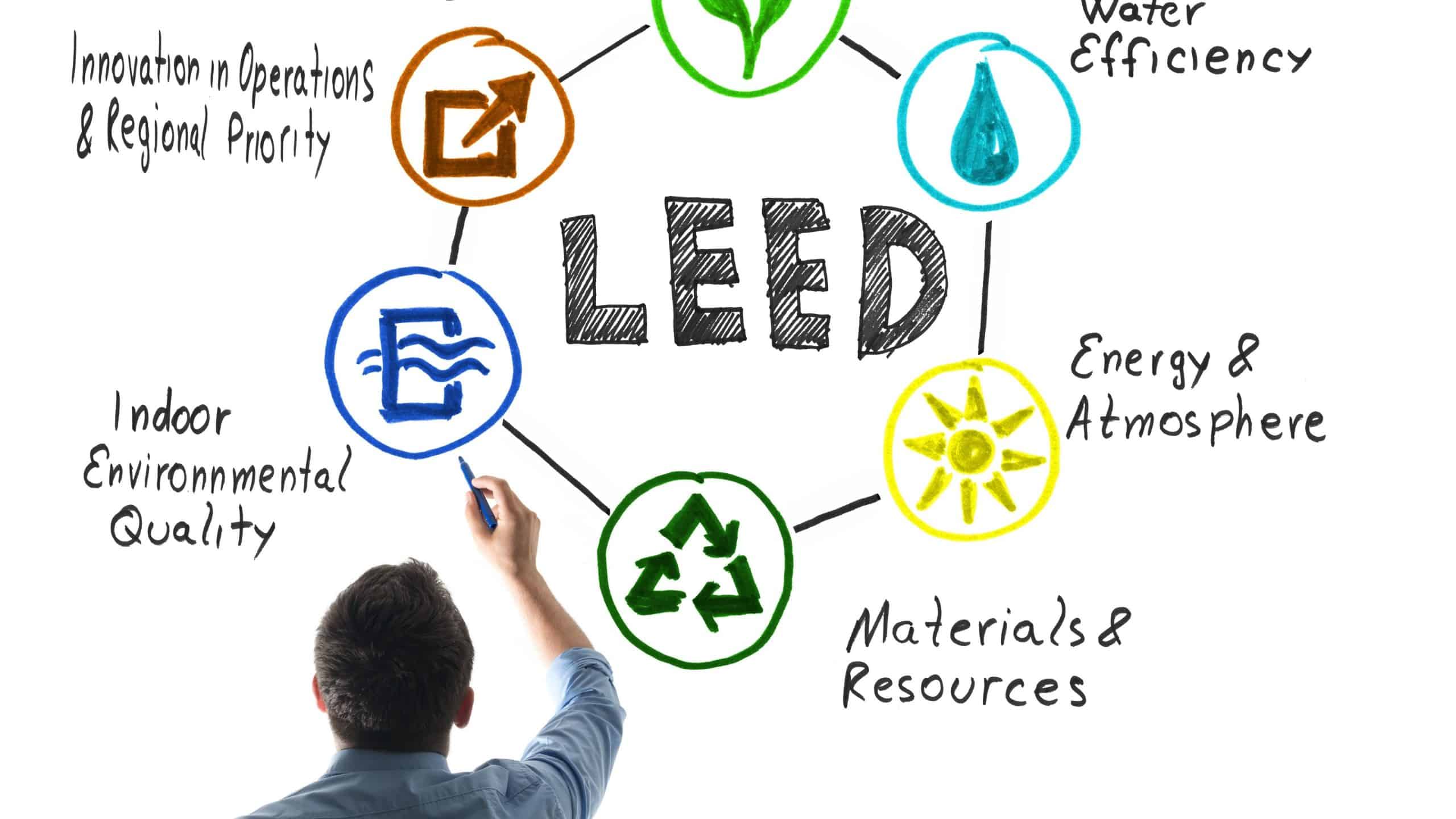

Building & Construction
What Is LEED In Construction
Modified: March 25, 2024
Learn about LEED, a sustainable building certification program in construction. Explore the benefits and importance of LEED for environmentally-friendly building construction.
(Many of the links in this article redirect to a specific reviewed product. Your purchase of these products through affiliate links helps to generate commission for Storables.com, at no extra cost. Learn more)
Introduction
When it comes to the construction industry, sustainability and environmental consciousness have become increasingly important. Building construction practices can have a significant impact on the environment, as well as the health and well-being of those who inhabit these structures. That’s where LEED comes into play.
LEED, which stands for Leadership in Energy and Environmental Design, is a globally recognized rating system for green buildings. It was developed by the United States Green Building Council (USGBC) in 1998 and has since become a standard in the construction industry.
The goal of LEED is to promote sustainable building practices that prioritize energy efficiency, water conservation, indoor air quality, and the use of environmentally friendly materials. By adhering to LEED standards, builders and developers can reduce the environmental impact of their projects and create healthier spaces for occupants.
In this article, we will explore the concept of LEED in the context of construction, discussing its certification process, benefits, rating systems, requirements, and construction process. We will also analyze the challenges and limitations of implementing LEED in construction projects.
Whether you are a developer, architect, contractor, or simply someone interested in sustainable building practices, understanding LEED can provide valuable insights into the future of the construction industry.
Key Takeaways:
- LEED certification promotes sustainable building practices, offering environmental, economic, and health benefits. Despite challenges like upfront costs and complexity, it remains a valuable tool for driving innovation in the construction industry.
- The LEED construction process involves careful planning, implementation of sustainable practices, and ongoing commitment. While challenges like ever-evolving standards and limited applicability exist, LEED continues to shape a greener and more sustainable built environment.
Read more: What Is Pre-Construction In Construction
What is LEED?
LEED, which stands for Leadership in Energy and Environmental Design, is a widely recognized certification program that promotes sustainability and eco-friendly practices in building construction and operation. It was developed by the United States Green Building Council (USGBC) and has gained global recognition as a benchmark for green building.
The aim of LEED is to encourage the construction of environmentally friendly buildings that are energy-efficient, resource-efficient, and provide a healthy and comfortable living environment. It sets standards and criteria for various aspects of building design, construction, operation, and maintenance.
LEED certification is achieved by meeting specific criteria across several categories, including sustainable sites, water efficiency, energy and atmosphere, materials and resources, indoor environmental quality, and innovation in design. These categories are evaluated on a point-based system, where the more points a building earns, the higher its LEED certification level: Certified, Silver, Gold, or Platinum.
LEED is not limited to a specific type of building. The certification program applies to various project types, including residential buildings, commercial buildings, schools, hospitals, and even entire neighborhoods.
By implementing LEED principles and practices, building owners and operators can reduce their environmental impact, improve energy efficiency, minimize waste, conserve water, and enhance indoor air quality. LEED-certified buildings not only benefit the environment but also provide healthier and more comfortable spaces for occupants.
In addition to the environmental and health benefits, LEED-certified buildings also offer economic advantages. They often have lower operating costs, higher property values, and increased occupancy rates. These buildings appeal to environmentally conscious tenants and investors who prioritize sustainability and social responsibility.
LEED has become a catalyst for innovation and change in the construction industry. It has influenced building codes, regulations, and industry standards, driving the adoption of sustainable practices and the development of eco-friendly materials and technologies.
Overall, LEED certification is a testament to a building’s commitment to sustainability and responsible construction. It serves as a guide for builders and developers to create sustainable structures that prioritize environmental stewardship and occupant well-being.
LEED Certification in Construction
LEED certification plays a vital role in the construction industry as it encourages sustainable practices and sets the standard for environmentally conscious buildings. Achieving LEED certification involves a thorough evaluation of a project’s design, construction, and operation to ensure compliance with specific green building criteria.
One of the key aspects of LEED certification is the involvement of professionals who are knowledgeable about green building practices. This includes architects, engineers, contractors, and other building industry experts. These professionals collaborate to incorporate sustainable strategies and technologies into the project from its inception.
LEED certification is a voluntary process, meaning that it is up to the building owner or developer to pursue certification for their project. The certification process begins with registering the project with the USGBC and paying the necessary fees. Once registered, the project team must comply with the specific requirements and guidelines outlined in the LEED rating system.
The project is evaluated based on various categories, such as site selection, water efficiency, energy performance, materials and resources, indoor environmental quality, and innovation in design. Each category has specific prerequisites that must be met, and additional points can be earned by meeting optional criteria within each category.
LEED certification levels are determined by the total number of points earned. The certification levels are as follows:
- Certified: 40-49 points
- Silver: 50-59 points
- Gold: 60-79 points
- Platinum: 80+ points
Once the construction is complete, the project team submits the necessary documentation and evidence to the USGBC for review. The USGBC then evaluates the project’s compliance with the LEED requirements and assigns the appropriate certification level.
LEED certification provides not only recognition for environmentally friendly construction practices but also benefits such as energy savings, water conservation, improved indoor air quality, and reduced maintenance costs. It also demonstrates the commitment of the building owner or developer to sustainability and responsible building practices.
In recent years, LEED certification has gained significant traction and prominence in the construction industry. Many developers, government agencies, and organizations now require LEED certification for their projects to ensure that they meet the highest standards of sustainability and environmental performance.
LEED certification serves as a powerful tool to transform the construction industry towards a more sustainable future. It encourages the adoption of green building practices, promotes innovation, and emphasizes the importance of environmental stewardship in the construction and operation of buildings.
Benefits of LEED in Construction
LEED certification offers numerous benefits for construction projects, building owners, occupants, and the environment as a whole. Adopting LEED principles and practices in construction can result in a range of advantages, both tangible and intangible.
1. Environmental Sustainability: By following LEED guidelines, buildings are constructed to be environmentally responsible and resource-efficient. This includes energy-efficient designs, water conservation measures, sustainable materials, and waste reduction strategies. LEED-certified buildings help reduce greenhouse gas emissions, conserve natural resources, and minimize the overall environmental impact of construction.
2. Energy Savings: LEED-certified buildings are designed to be energy-efficient, leading to significant energy savings. Through advanced technologies, energy monitoring systems, and efficient HVAC systems, these buildings consume less energy for heating, cooling, and lighting. This not only reduces carbon emissions but also results in lower utility bills and long-term cost savings for building owners.
3. Improved Indoor Air Quality: LEED addresses indoor environmental quality, ensuring that buildings provide clean and healthy indoor environments for occupants. Through proper ventilation, use of low-emitting materials, and control of indoor pollutants, LEED-certified buildings promote better air quality, reducing the risk of respiratory issues and enhancing overall occupant well-being.
4. Water Conservation: LEED focuses on optimizing water usage through efficient plumbing fixtures, rainwater harvesting systems, and landscaping practices. By implementing water-saving strategies, such as low-flow toilets and water-efficient irrigation systems, LEED-certified buildings can significantly reduce water consumption, contributing to water conservation efforts.
5. Increase in Property Value: LEED certification adds value and prestige to a building. LEED-certified properties are highly sought after by tenants and investors who prioritize sustainability. These buildings often command higher rental rates, enjoy higher occupancy rates, and have increased property values compared to non-certified counterparts.
6. Health and Well-being: LEED-certified buildings prioritize the health and well-being of occupants. From using non-toxic materials to providing access to daylight and views, these buildings create comfortable and productive spaces. Studies have shown that occupants in LEED-certified buildings experience improved productivity, reduced absenteeism, and enhanced overall well-being.
7. Marketing and Public Relations: LEED certification enables building owners and developers to differentiate their projects in a competitive market. LEED serves as a recognized symbol of sustainability and environmental stewardship, providing a marketing edge and positive public perception for the project and its stakeholders.
8. Industry Leadership: By adopting LEED, construction professionals can demonstrate their commitment to sustainable practices and environmental leadership. LEED-certified projects set an example for others in the industry, inspiring more sustainable construction practices and contributing to the overall advancement of sustainable building design and construction.
In summary, LEED certification delivers a wealth of benefits for construction projects, building owners, and occupants. It not only promotes environmental sustainability but also provides economic advantages, improved occupant health, and industry recognition. By embracing LEED standards, the construction industry can transform towards a more sustainable and responsible future.
LEED Rating Systems
The LEED certification program consists of various rating systems that cater to different types of construction projects. Each rating system addresses specific building sectors and has unique criteria and requirements.
Here are some of the key LEED rating systems:
- LEED for Building Design and Construction (BD+C): This rating system focuses on the design and construction phases of new buildings and major renovations. It covers various types of projects, including commercial buildings, schools, healthcare facilities, and residential buildings. BD+C addresses site selection, water efficiency, energy performance, materials and resources, and indoor environmental quality.
- LEED for Interior Design and Construction (ID+C): This rating system is specifically designed for interior fit-outs and renovation projects. It addresses the sustainable aspects of interior spaces, including lighting, HVAC systems, water usage, materials selection, and indoor air quality. ID+C is applicable to projects such as offices, retail spaces, hospitality venues, and healthcare facilities.
- LEED for Operations and Maintenance (O+M): This rating system focuses on the sustainable operation and maintenance of existing buildings. It provides guidelines on efficient energy and water use, occupant comfort, waste management, and indoor air quality. O+M is applicable to a wide range of buildings, including offices, schools, hospitals, and retail spaces.
- LEED for Neighborhood Development (LEED-ND): This rating system encompasses the sustainable development of entire neighborhoods. It evaluates factors such as walkability, access to public transportation, access to services and amenities, and the preservation of green spaces. LEED-ND promotes community connectivity, sustainable land use, and efficient resource utilization.
LEED rating systems have evolved over time to keep up with advancements in sustainable practices and industry standards. The USGBC regularly updates these rating systems to ensure they align with the latest green building technologies, strategies, and best practices.
Building projects pursuing LEED certification must select the appropriate rating system that aligns with their project type. This ensures that the project’s sustainability goals are met while adhering to the specific criteria and requirements of that rating system.
Furthermore, each rating system has different levels of certification based on the number of points earned through compliance with the specified criteria. The levels of certification are Certified, Silver, Gold, and Platinum, with Platinum being the highest level.
Overall, the LEED rating systems provide a structured framework for assessing and recognizing sustainable and eco-friendly practices across a variety of building types and phases. They not only help standardize sustainability efforts but also encourage continuous improvement in the construction industry towards a greener and more sustainable future.
When working on a LEED construction project, make sure to carefully track and document all materials and resources used, as well as the energy and water efficiency measures implemented. This documentation will be crucial for achieving LEED certification.
Read more: What Is Construction
LEED Requirements and Criteria in Construction
LEED certification requires meeting specific requirements and criteria across various categories related to sustainable construction practices. These criteria are designed to promote energy efficiency, water conservation, indoor environmental quality, and the use of environmentally friendly materials. Here are some key requirements and criteria in construction for LEED certification:
- Sustainable Sites: This category focuses on minimizing the environmental impact of the building site. It includes criteria such as site selection, site development, stormwater management, and landscaping practices. Requirements may include preserving open space, reducing light pollution, and incorporating alternative transportation options.
- Water Efficiency: This category aims to reduce water consumption and promote efficient water management. Criteria may involve installing water-efficient plumbing fixtures, implementing water recycling systems, and using smart irrigation techniques. The goal is to conserve water resources and minimize the strain on local water supplies.
- Energy and Atmosphere: This category focuses on optimizing energy performance and reducing greenhouse gas emissions. Criteria may include implementing energy-efficient lighting systems, HVAC systems, and renewable energy sources. The goal is to minimize the building’s energy consumption and reliance on non-renewable energy sources.
- Materials and Resources: This category emphasizes the responsible use of materials throughout the construction process. Criteria may involve using sustainable and locally sourced materials, promoting recycling and waste reduction, and minimizing the use of harmful substances. The goal is to reduce the environmental impact associated with material extraction, manufacturing, and disposal.
- Indoor Environmental Quality: This category focuses on creating a healthy and comfortable indoor environment for occupants. Criteria may include ensuring proper ventilation, controlling indoor pollutants, using low-emitting materials, and providing access to natural daylight. The goal is to enhance indoor air quality, occupant comfort, and overall well-being.
- Innovation in Design: This category encourages innovative strategies and practices that go beyond the standard LEED requirements. It allows projects to earn extra points for implementing new technologies, design approaches, or sustainable initiatives that are not covered explicitly in other categories. The goal is to promote continuous improvement and push the boundaries of sustainable building design.
These are just a few examples of the criteria and requirements across the different categories of LEED certification. Each category has specific prerequisites that must be met, and additional points can be earned by meeting optional criteria within each category.
It’s important to note that the specific requirements and criteria may vary depending on the chosen LEED rating system and the project’s unique characteristics. Building teams must carefully review the requirements for their specific rating system and project type to ensure compliance and earn the desired level of LEED certification.
By following these requirements and criteria, construction projects can contribute to a more sustainable future, reduce environmental impact, and create healthier and more efficient buildings for occupants.
LEED Construction Process
The construction process for LEED-certified projects involves careful planning, implementation of sustainable practices, documentation, and certification. Here is an overview of the LEED construction process:
- Pre-Construction: During the pre-construction phase, the project team identifies the project’s sustainability goals and sets a target level of LEED certification. They develop a plan that outlines the strategies and practices to be implemented throughout the construction process.
- Design Phase: In the design phase, architects, engineers, and other building professionals collaborate to incorporate sustainable design principles aligned with LEED requirements. They consider factors such as energy efficiency, water conservation, materials selection, and indoor environmental quality. The design team works closely with the project owner to ensure the design meets the owner’s sustainability objectives.
- Construction Phase: During the construction phase, the project team implements the sustainable strategies outlined in the design phase. This may involve using energy-efficient materials, installing renewable energy systems, managing construction waste, and ensuring proper indoor air quality. The construction team monitors and documents the implementation of sustainable practices.
- Commissioning: Commissioning is a critical step in the LEED construction process. It involves verifying that the building’s systems are installed and functioning correctly to ensure optimal performance. This includes testing the HVAC systems, lighting controls, water fixtures, and other systems to ensure they meet the energy and environmental performance goals set by LEED.
- Post-Construction: After construction is complete, the project team compiles all necessary documentation and evidence required for LEED certification. This includes detailed records of sustainable practices, material specifications, energy performance data, and commissioning reports. The documentation is submitted to the United States Green Building Council (USGBC) for review.
- Certification: The USGBC reviews the project documentation and assesses its compliance with the applicable LEED rating system and certification level. If everything is in order and the project has earned the required number of points, the USGBC grants LEED certification at the appropriate level (Certified, Silver, Gold, or Platinum).
The LEED construction process requires collaboration and coordination among architects, engineers, contractors, and project owners to ensure that sustainable practices are effectively implemented. Regular documentation and communication throughout the process are crucial to demonstrate compliance with LEED requirements.
It’s worth noting that achieving LEED certification is an ongoing commitment. Building owners must continue to monitor and maintain the building’s sustainable practices and systems to sustain the intended environmental and energy performance throughout the building’s lifecycle.
By following the LEED construction process, projects can demonstrate their commitment to sustainable building practices, achieve the desired level of LEED certification, and contribute to a greener and more sustainable built environment.
Challenges and Limitations of LEED in Construction
While LEED certification offers many benefits and promotes sustainable practices in construction, there are also challenges and limitations to consider. These challenges can arise from various factors, including cost, complexity, and evolving industry standards. Here are some of the key challenges and limitations of LEED in construction:
- Cost: Implementing LEED standards can sometimes result in higher upfront costs. Sustainable materials and technologies may be more expensive than conventional alternatives. Additionally, the documentation and certification process can add administrative costs. However, it’s important to note that while the initial costs may be higher, the long-term benefits and savings associated with LEED-certified buildings often offset these initial expenses.
- Complexity: The LEED rating systems and documentation process can be complex and time-consuming. The requirements and criteria can be extensive, requiring meticulous documentation and coordination among project team members. This complexity can sometimes make it challenging for small-scale or less experienced construction projects to navigate the LEED certification process.
- Ever-Evolving Standards: LEED is regularly updated and revised to reflect advancements in sustainable building practices. While this ensures that LEED remains relevant and aligned with industry standards, it can also pose challenges for ongoing projects. Changes in the standards may require project teams to modify their plans midway through construction, potentially causing delays or additional costs.
- Limited Applicability: LEED may not be suitable for all types of construction projects. Some specialized projects, such as historic preservation or unique structures, may face difficulties meeting certain LEED requirements. Additionally, LEED certification may be more challenging for smaller-scale projects with limited resources and budgets.
- Perception of “Greenwashing”: Although LEED certification provides a credible and recognized standard, there is a risk of “greenwashing” where projects merely achieve the minimum requirements for certification without truly embodying sustainability principles. This poses a challenge in distinguishing between genuine green initiatives and those that simply aim to meet minimum criteria for certification.
- Regional Variations: LEED is an international certification system, but regional variations in regulations, availability of sustainable materials, and access to resources can create challenges. The local context and specific regional requirements may need to be considered in addition to LEED standards to ensure a well-rounded approach to sustainability.
Despite these challenges, LEED remains a valuable and influential certification program that continues to drive sustainable practices in the construction industry. The challenges and limitations can be mitigated through careful planning, project-specific strategies, and collaboration among the project team members.
It’s essential to recognize that LEED is not a one-size-fits-all solution and that individual project circumstances should be considered in order to strike the right balance between sustainability, economic feasibility, and operational practicality.
As the green building movement continues to evolve, LEED and other sustainable certification programs will continue to address these challenges and improve their frameworks to drive the industry towards a more sustainable future.
Conclusion
LEED certification has revolutionized the construction industry, pushing it towards more sustainable and environmentally friendly practices. Through its rigorous standards and criteria, LEED encourages builders and developers to prioritize energy efficiency, water conservation, material sustainability, and indoor environmental quality.
By adopting LEED principles and practices in construction, building owners and operators can enjoy numerous benefits. These include reduced environmental impact, energy savings, improved indoor air quality, water conservation, increased property value, and enhanced occupant health and well-being.
However, implementing LEED certification does come with its challenges and limitations. The upfront costs, complexity of the process, ever-evolving standards, limited applicability, the risk of greenwashing, and regional variations are factors that need to be carefully considered and addressed to ensure successful integration of LEED into construction projects.
Despite these challenges, LEED remains a valuable tool for promoting sustainability and driving innovation in the construction industry. The program has played a significant role in shaping building codes, regulations, and industry standards to prioritize sustainability and environmental responsibility.
Moving forward, it is crucial for the industry to continue to improve and evolve the LEED certification process. This includes addressing the challenges, streamlining the documentation process, providing more guidance for specialized projects, and ensuring international accessibility and relevance.
LEED has demonstrated its ability to create positive change in the construction industry, helping buildings become more energy-efficient, environmentally responsible, and healthier for occupants. As the demand for sustainable construction practices continues to grow, LEED will continue to pave the way for a greener and more sustainable built environment.
By embracing LEED, construction professionals and stakeholders have the opportunity to not only reduce their environmental impact but also contribute to a better future for generations to come.
Frequently Asked Questions about What Is LEED In Construction
Was this page helpful?
At Storables.com, we guarantee accurate and reliable information. Our content, validated by Expert Board Contributors, is crafted following stringent Editorial Policies. We're committed to providing you with well-researched, expert-backed insights for all your informational needs.
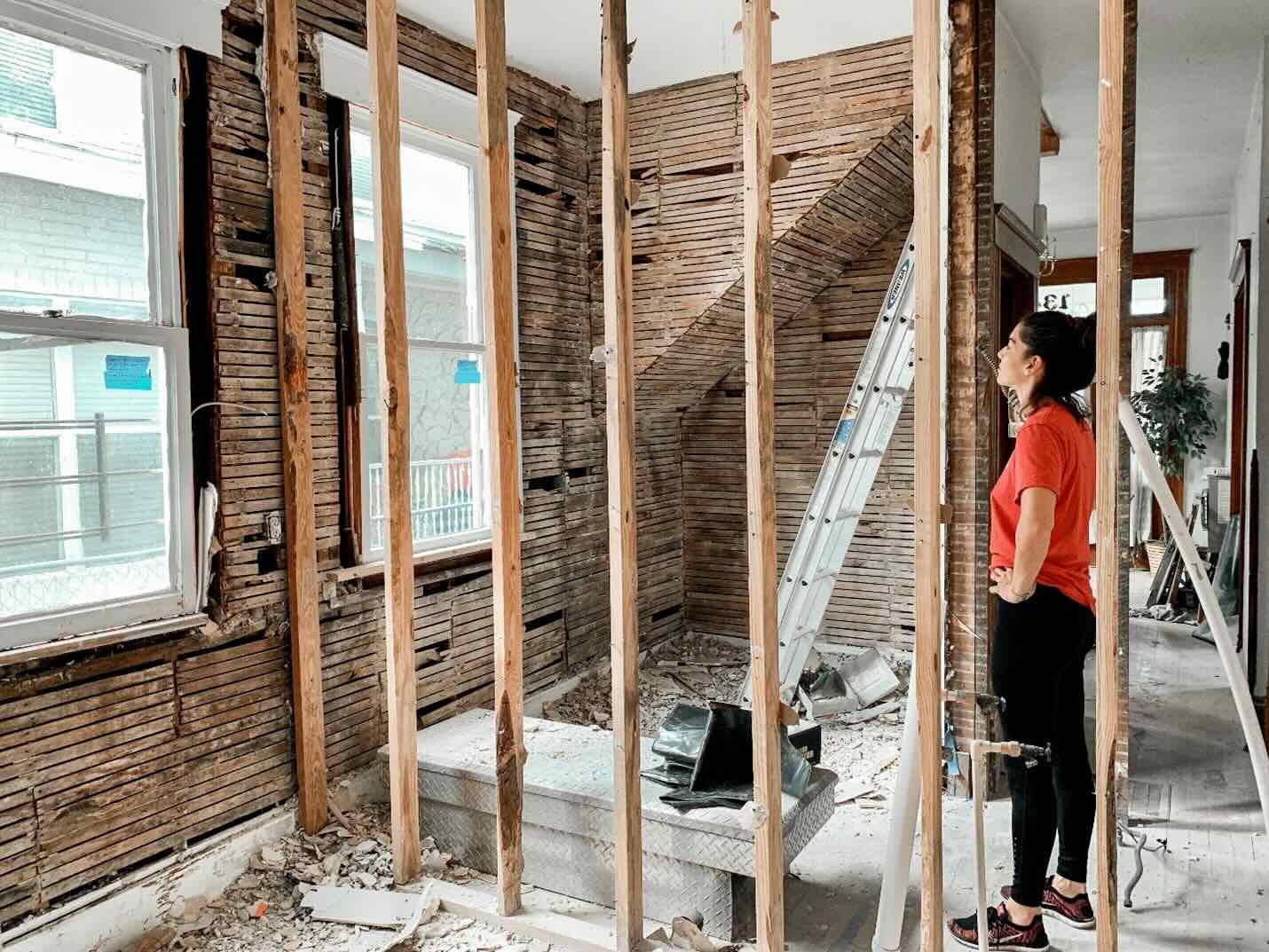
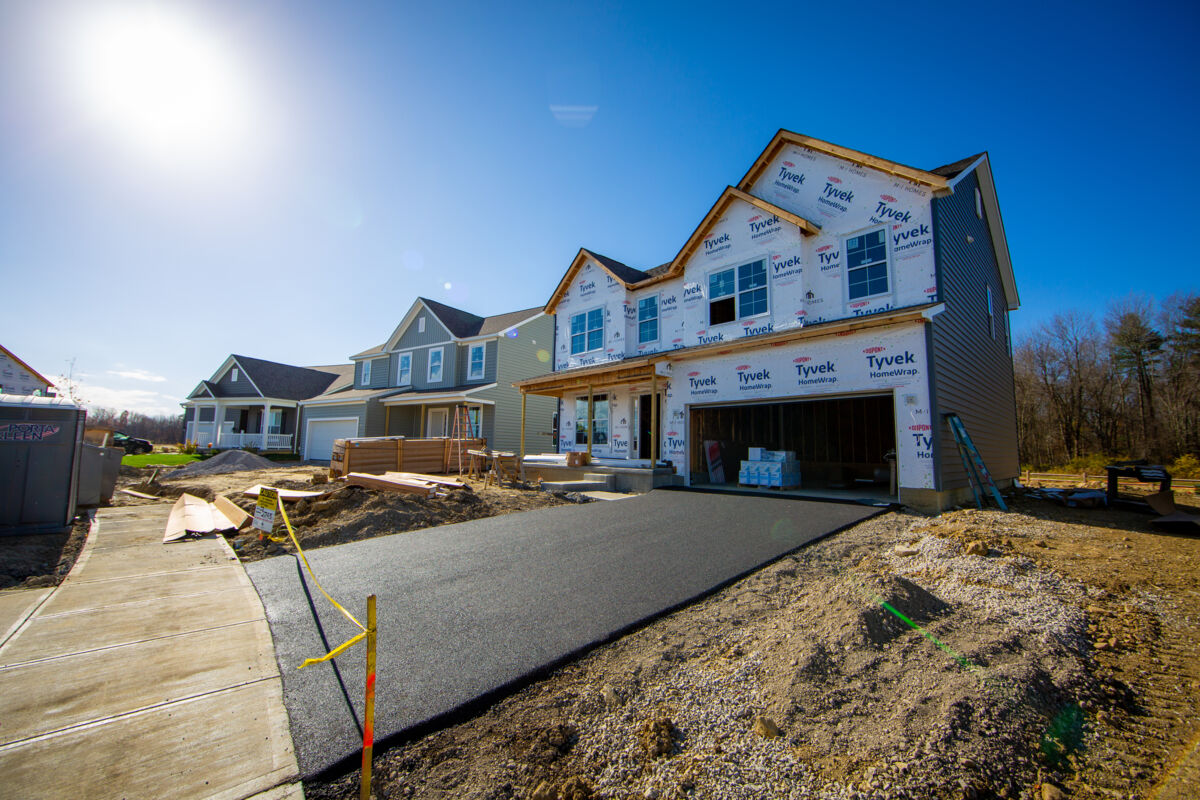
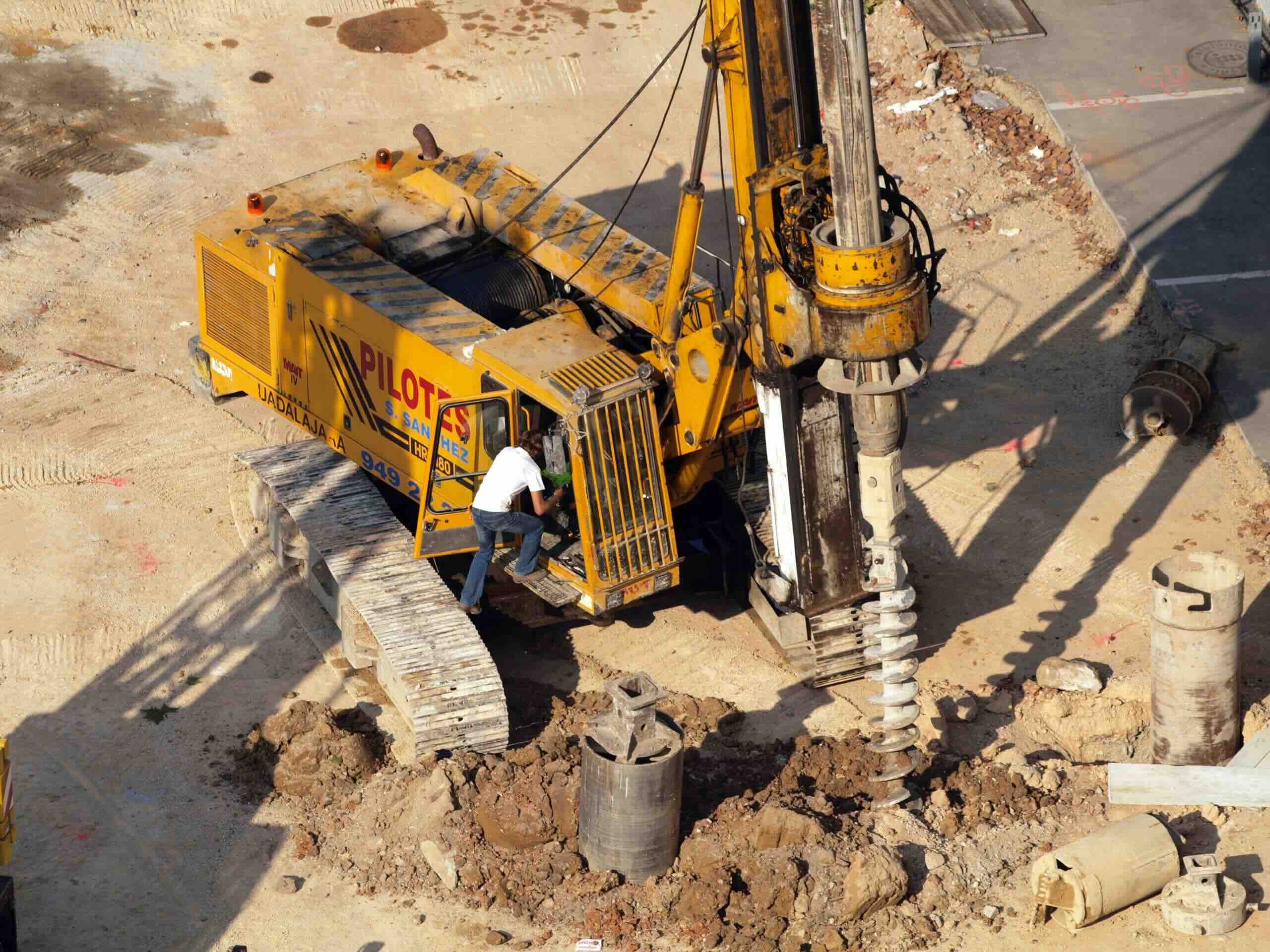

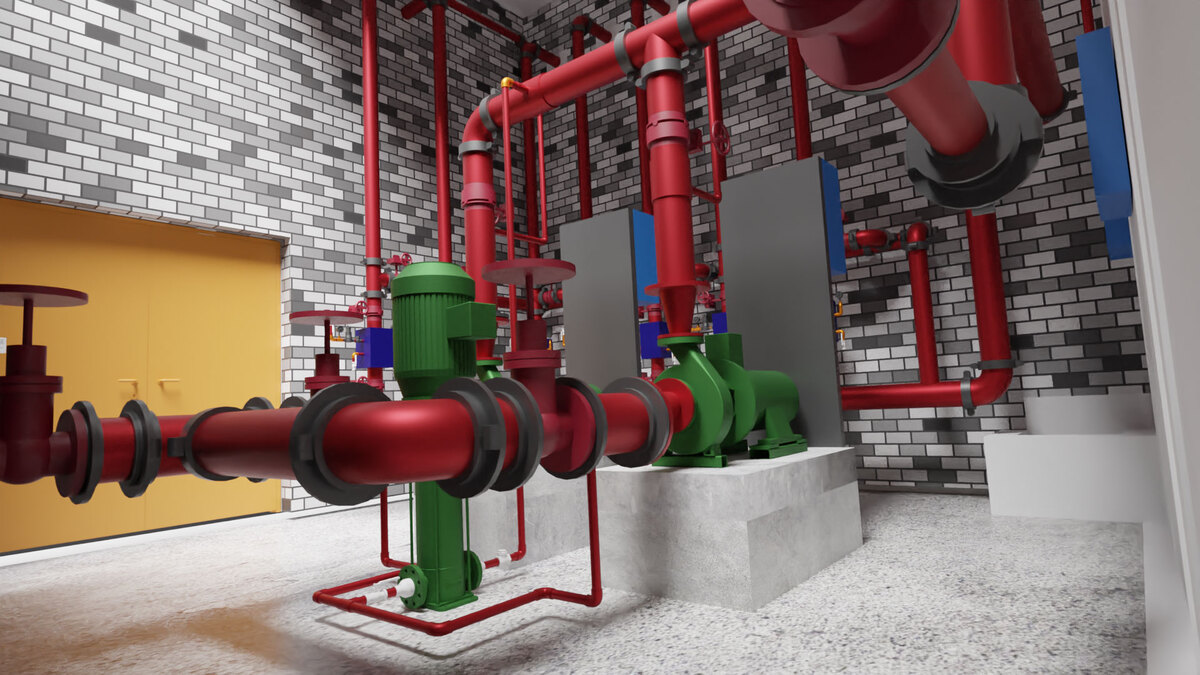
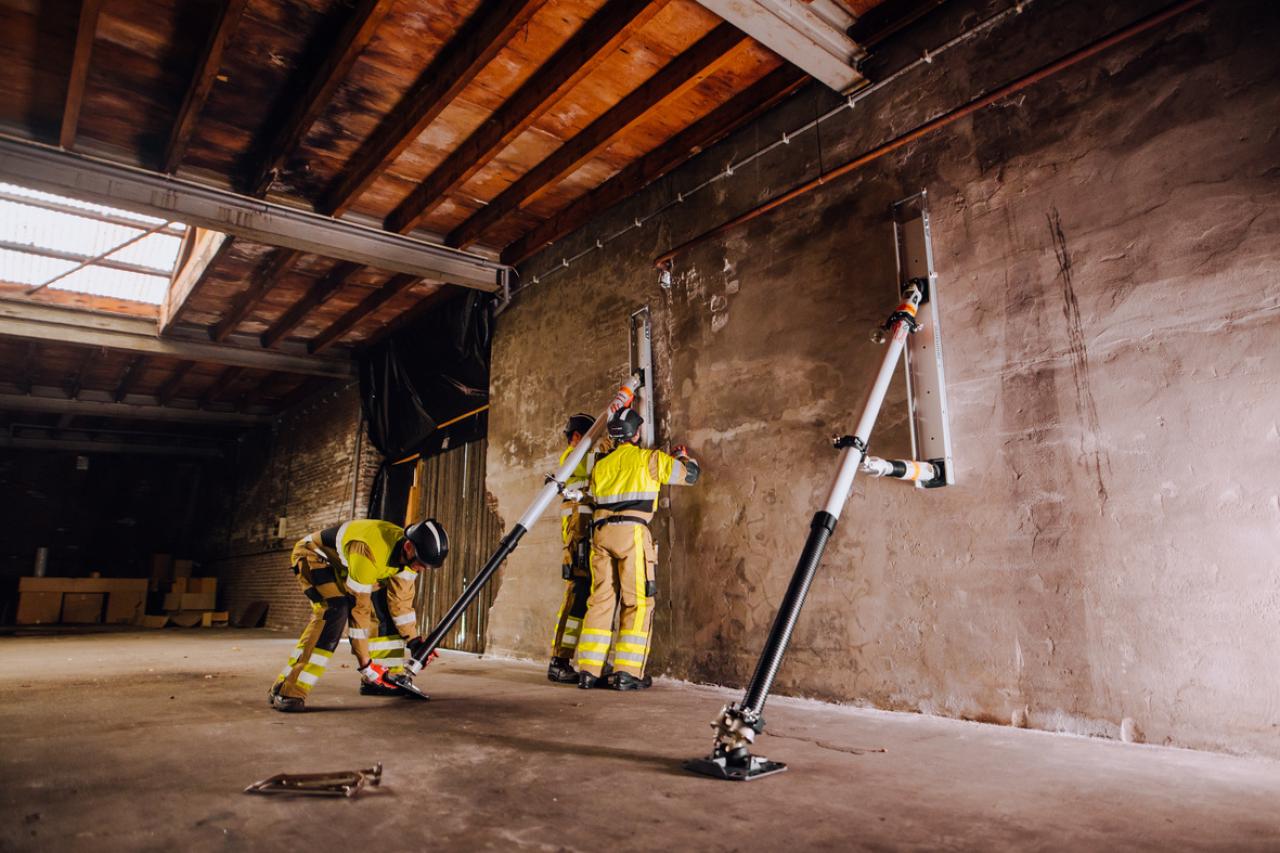
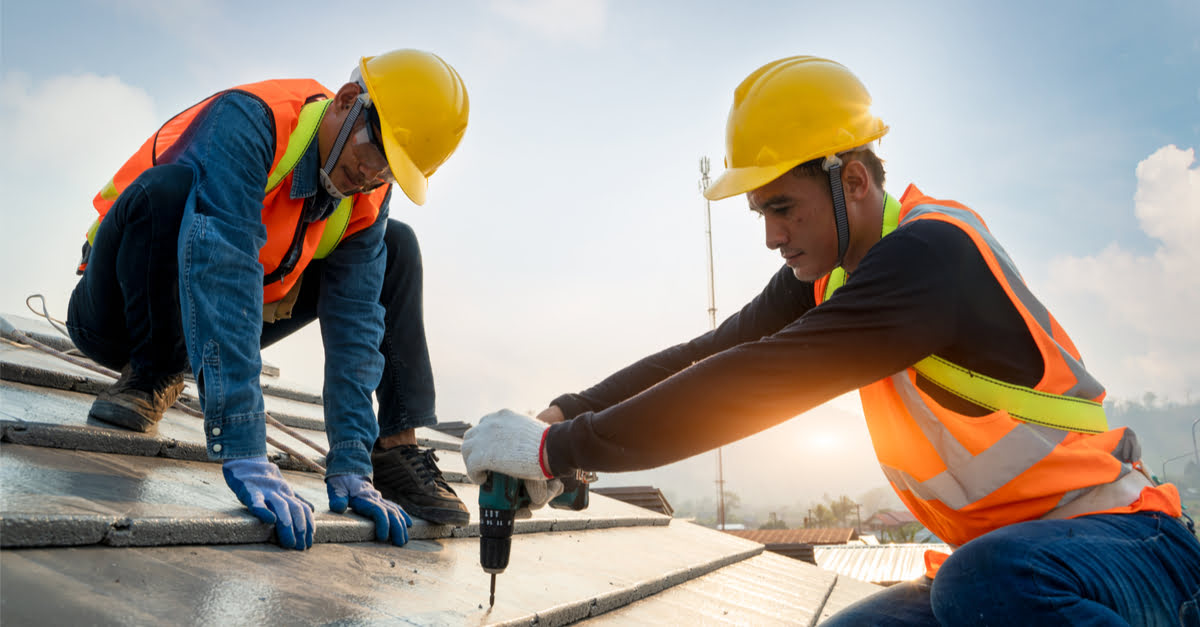


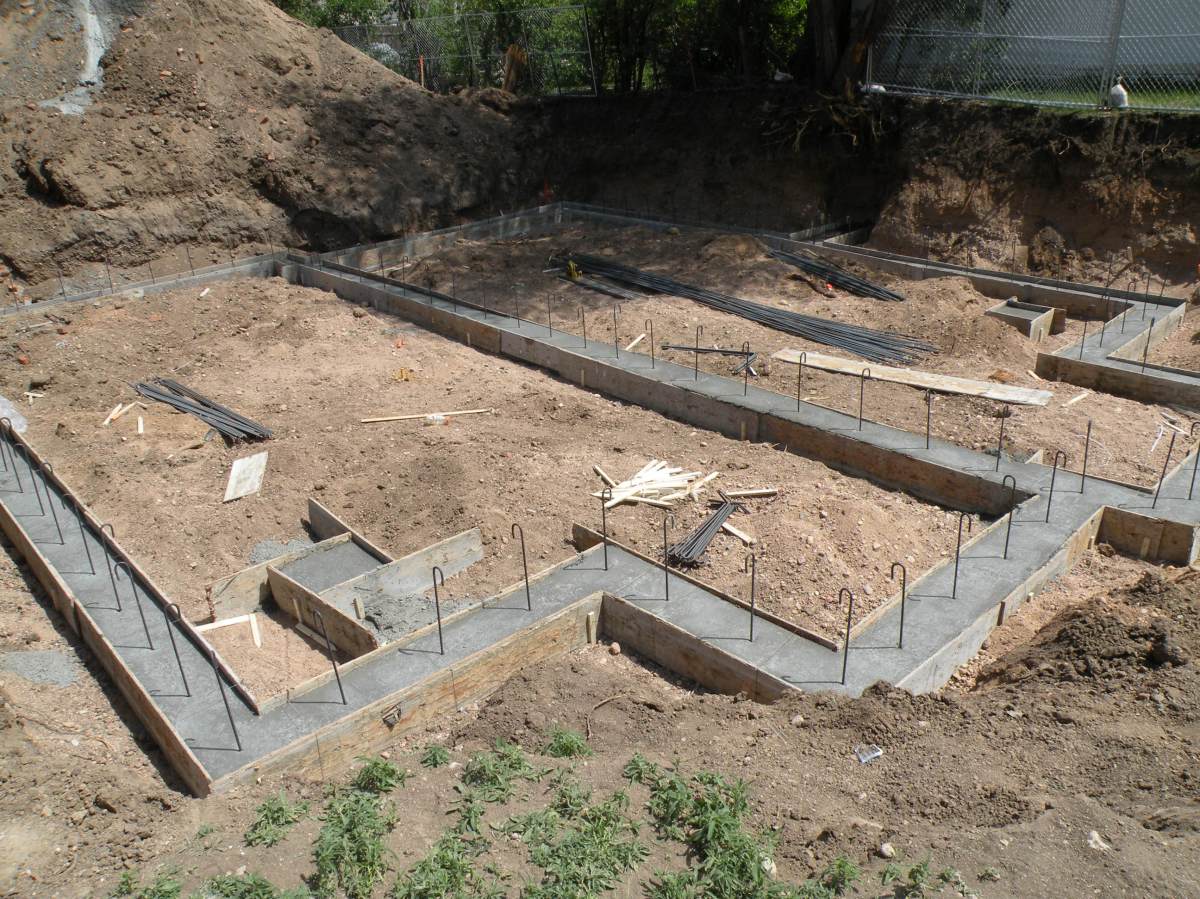
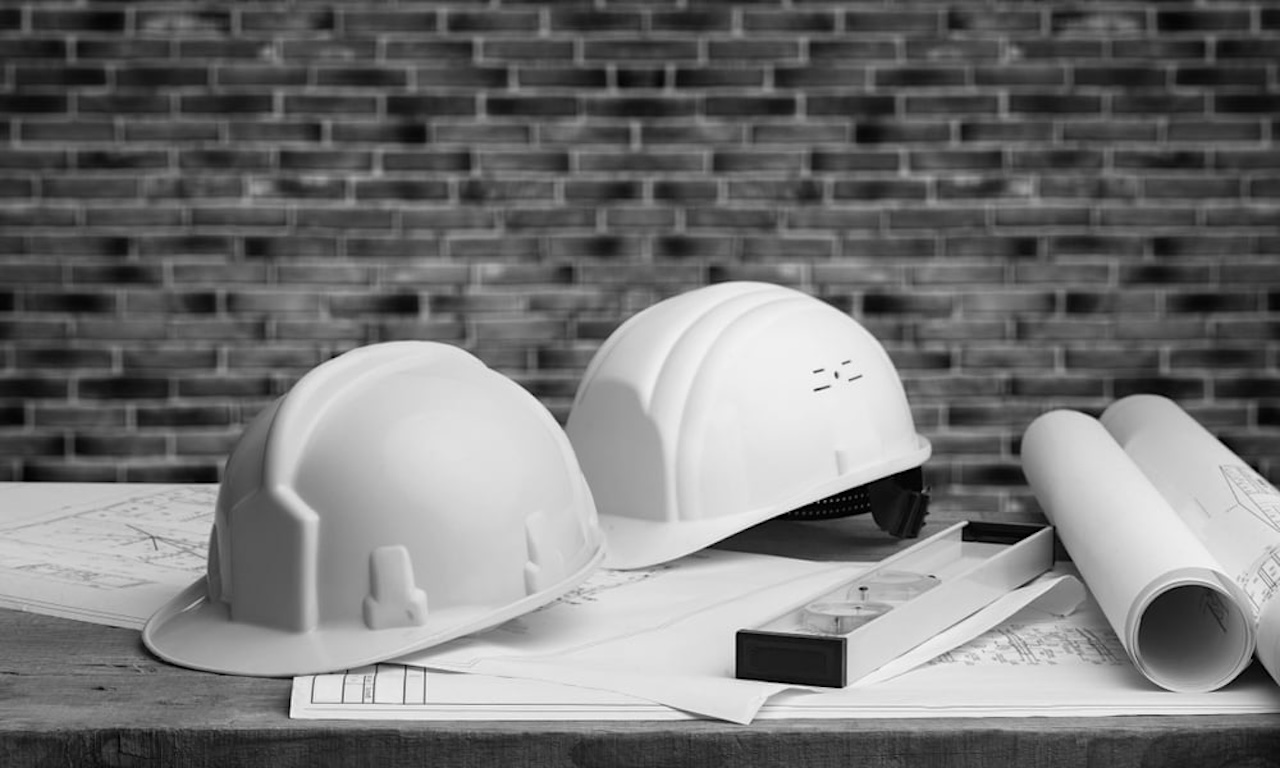


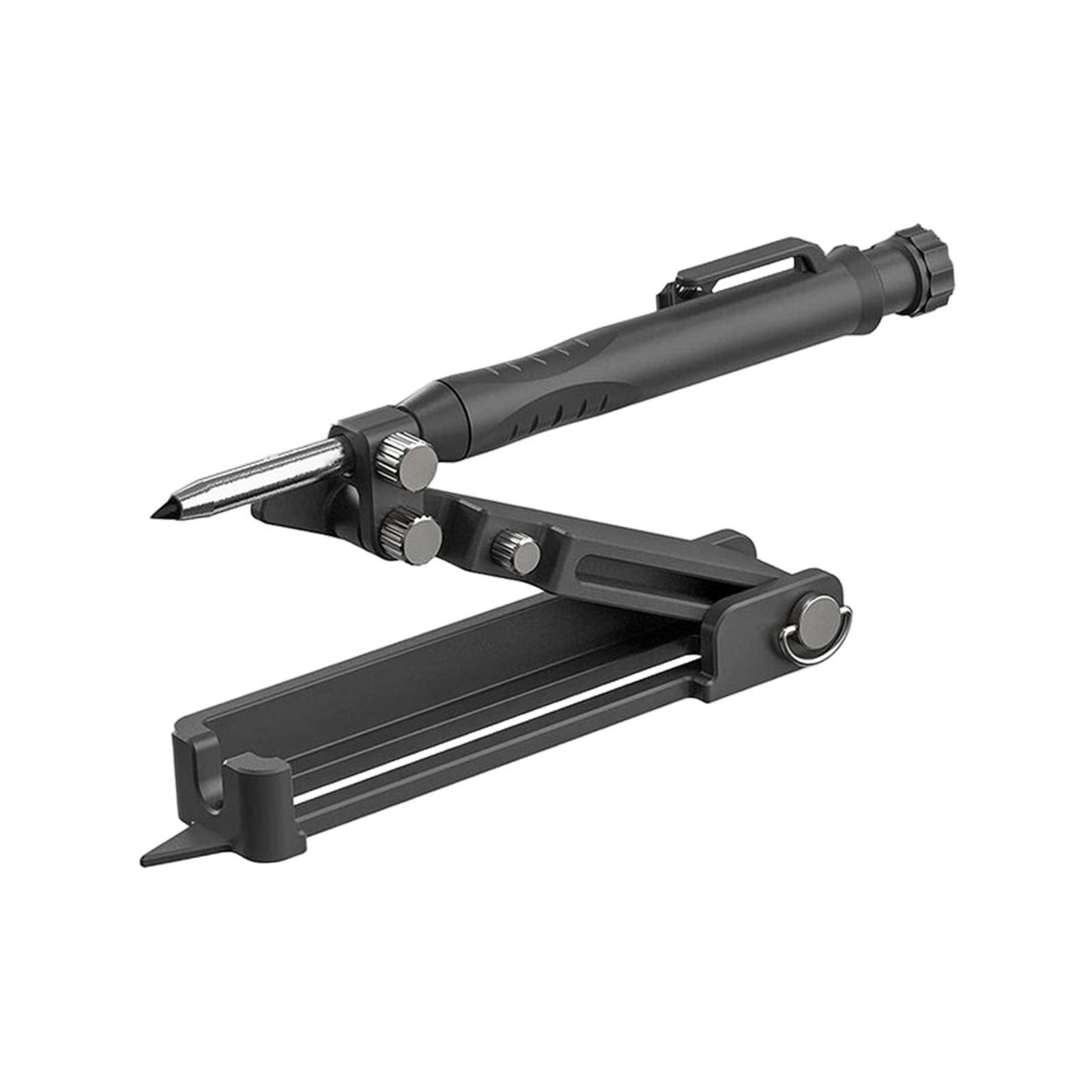

0 thoughts on “What Is LEED In Construction”